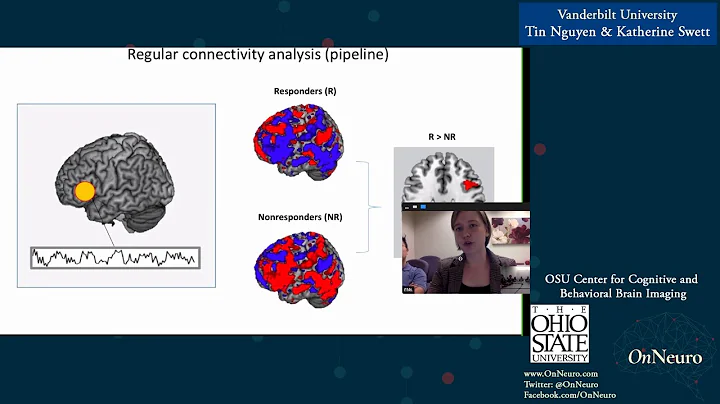Katherine M Swett
age ~69
from Mount Pleasant, SC
- Also known as:
-
- Katie M Swett
- Ivan Yarehchak
Katherine Swett Phones & Addresses
- Mount Pleasant, SC
- Bluffton, SC
- Long Island City, NY
- New York, NY
- Boston, MA
- Ridgefield, CT
- Somerville, MA
- Rancho Cordova, CA
- Danbury, CT
- 1356 Madison Ave APT 6N, New York, NY 10128 • 9177698807
Work
-
Position:Building and Grounds Cleaning and Maintenance Occupations
Us Patents
-
Customized Web Page Development Based On Point-Of-Sale Information
view source -
US Patent:20200183553, Jun 11, 2020
-
Filed:Jan 29, 2019
-
Appl. No.:16/261392
-
Inventors:- San Francisco C, US
Christine Loh - Los Altos CA, US
Vitaly Odemchuk - San Francisco CA, US
Xuanhua Ren - San Francisco CA, US
Drew Richards - Brooklyn NY, US
Neil Straghalis - San Francisco CA, US
Katherine Swett - Long Island City NY, US -
International Classification:G06F 3/0484
G06Q 20/20 -
Abstract:Customized web page development based on brick-and-mortar point-of-sale (POS) information is described. In an example, transaction data associated with POS transaction(s) between a merchant and customers can be received. The POS transaction(s) can be completed via a POS device at a brick-and-mortar store of the merchant. A request to create a web page associated with an online store of the merchant can be received, and creation of the web page can be customized based at least in part on the transaction data associated with the POS transactions between the merchant and the customers. That is, brick-and-mortar POS transaction data can be used to customize creation of the web page.
-
Using Combined Ecommerce And Brick-And-Mortar Data To Produce Intelligent Recommendations For Web Page Operation
view source -
US Patent:20200183554, Jun 11, 2020
-
Filed:Jan 29, 2019
-
Appl. No.:16/261423
-
Inventors:- San Francisco CA, US
Christine Loh - Los Altos CA, US
Vitaly Odemchuk - San Francisco CA, US
Xuanhua Ren - San Francisco CA, US
Drew Richards - Brooklyn NY, US
Neil Straghalis - San Francisco CA, US
Katherine Swett - Long Island City NY, US -
International Classification:G06F 3/0484
G06Q 20/20
G06Q 30/06
G06F 17/22 -
Abstract:Using combined eCommerce and brick-and-mortar data to produce intelligent recommendations for web page operation is described. In an example, a request to access an eCommerce GUI presented on behalf of a merchant can be received from a device operable by a viewer. Brick-and-mortar point-of-sale (POS) transaction data associated with one or more customers that transact with the merchant or one or more other merchants that utilize the payment processing service to process brick-and-mortar POS transactions can be used to determine a variation of the eCommerce GUI presented on behalf of the merchant to present to the viewer. Instructions for rendering the variation of eCommerce GUI can be sent to the device operable by the viewer.
-
Centralized Brand Asset Management
view source -
US Patent:20200183555, Jun 11, 2020
-
Filed:Jan 29, 2019
-
Appl. No.:16/261452
-
Inventors:- San Francisco CA, US
Medum Choe - San Francisco CA, US
Christine Loh - Los Altos CA, US
Vitaly Odemchuk - San Francisco CA, US
Xuanhua Ren - San Francisco CA, US
Drew Richards - Brooklyn NY, US
Neil Straghalis - San Francisco CA, US
Katherine Swett - Long Island City NY, US -
International Classification:G06F 3/0484
G06Q 20/20
G06F 17/22 -
Abstract:Techniques described herein are directed to centralized brand asset management. In an example, a first computing device associated with a first point-of-sale (POS) service can receive an instruction to update a web page of a merchant, wherein the instruction to update the web page of the merchant changes a brand asset of the merchant. The first computing device can send a request to update the brand asset of the merchant to a centralized data storage storing one or more brand assets of one or more merchants. The centralized data storage can update the brand asset to an updated brand asset, which can be available to at least a second computing device associated with a second POS service. The second POS service can update a respective POS service feature based on the updated brand asset.
Youtube
Get Report for Katherine M Swett from Mount Pleasant, SC, age ~69





